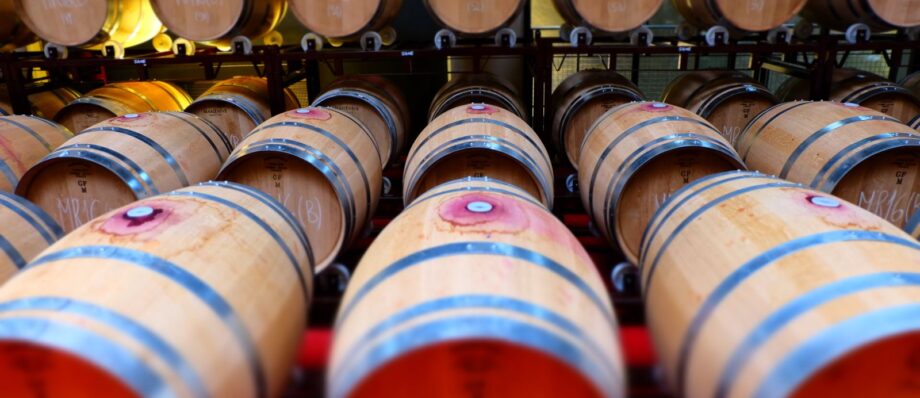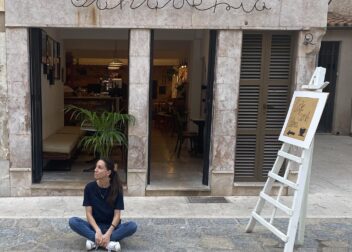Discovering the Wines of Mallorca
- 30 September 2024
- Lifestyle, Excursions, Food & Drink, Things to do
- 4 mins read
A drive through the island of Mallorca and passing vineyards of varying sizes— from vast to small private plots —is all the proof you need that the island is an established wine-producing region. But what makes it so?
Firstly, Mallorca’s varied topography, from the mountainous Serra de Tramuntana to the flat plains of Pla i Llevant, awards the island with microclimates and it is these that allow for the cultivation of different grape varieties. The overall climate of hot dry summers and mild winters is perfect for growing grapes. The ample sunshine helps develop sugars in the grape while the cooling sea breeze can balance acidity.
Secondly, the island’s rich soil is ideal for grape growing. A mix of limestone, clay and sandy soils provide excellent drainage and nutrients that the vines love. Add to this an overarching commitment to sustainable and organic practices, which can enhance the quality of wines.
Thirdly, a rich tradition and history of wine production firmly places viticulture as a way of life here. The island has its own indigenous grape varieties that thrive in local conditions and contribute to distinctive wines that reflect the island’s terroir. In recent years, work has gone into further establishing local grape varieties and the local wine industry is bursting. Mallorcan wines have gained international acclaim, increasing interest from both tourists and wine enthusiasts at home and abroad.
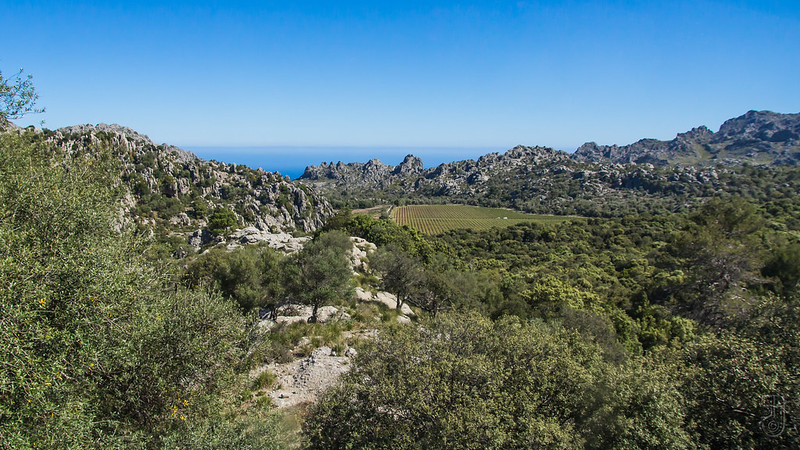
Wines of Mallorca and the Denominación de Origen Protegida
Pla i Llevant is one of Mallorca’s most prominent wine-growing regions, so prominent in fact that since 1999 the region has had its own Denominación de Origen Protegida (DOP). Located in the eastern part of the island, Pla i Llevant features a mix of flat plains and gentle hills that provide excellent drainage and ample sunlight.
Characterized by a thermal wind known as the “Embat”, the vines in Pla i Llevant have the benefit of a refreshing breeze which helps ripen the grapes. Coming in from the sea however, this wind brings humidity so winemakers have to work hard at exposing the fruit to the air as much as possible. “Green pruning” is essential and thinning of the leaves on the vine is an eternal challenge. In turn, because the humid breeze of the Embat is from the sea, a significant amount of salt is brought to the fruit, which in the production phase adds a distinct character to the wine.
Indigenous grapes include the Manto Negro and Callet, and other local varieties allowed under the DOP include Premsal Blanc, Giro Ros (used to produce rosé wines), Parellada, Fogoneu and more. In addition, international varieties such as Chardonnay and Merlot are also listed in the DOP and cultivated in the region, showcasing its adaptability.
For more information on the DOP Pla i Llevant visit the website.
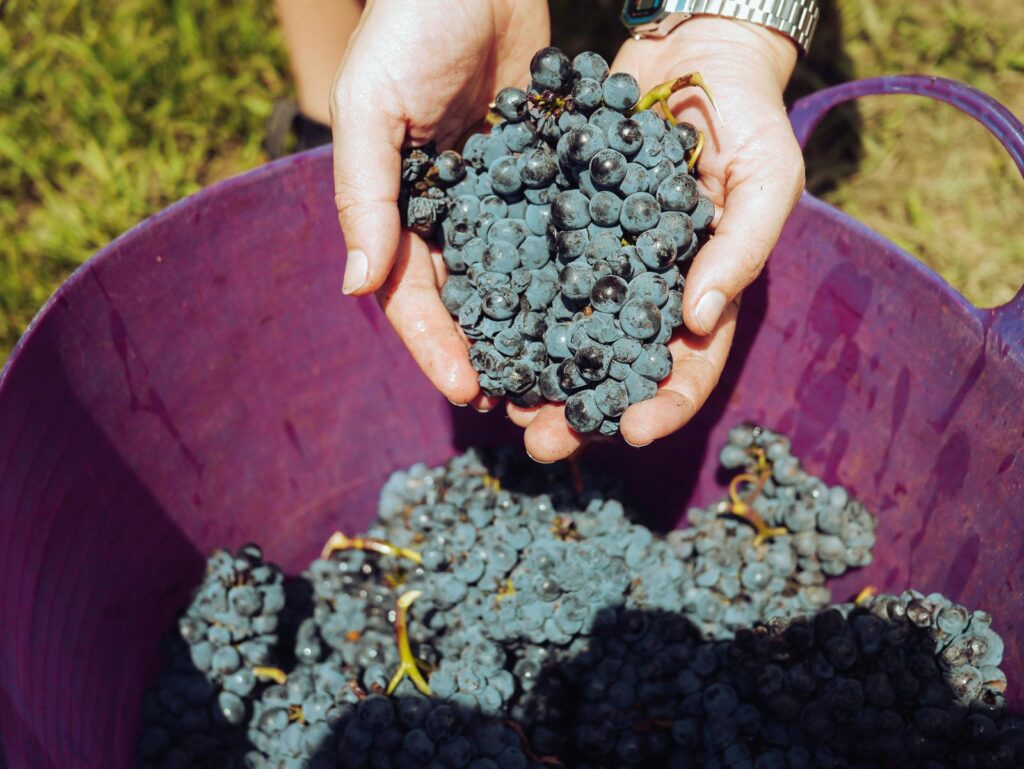
The second region on Mallorca to be awarded the DOP stamp is Binissalem. Awarded in 1990, the regions vineyards have been present for centuries. Facing ups and downs through history, the local wine industry has experienced steady growth since the late 1980s. Adopting native grape varieties, Binissalem wines are unique with outstanding quality.
Encompassing Santa Maria, Consell, Binissalem, Santa Eugenia and Sencelles, the 155 sq km area is characterized with gravel and stony ground. What may appear difficult soil is exactly what vines need. Well drained soil – thanks to the gravelly composition – means the vine works hard to find enough moisture and limits its growth allowing the plant to focus on the fruit.
Native varieties allowed in the DOP include the Manto Negro and Callet for reds, Moll for whites. There are plenty more including Monstrell, Gorgollosa for reds and Premsal Blanc, Paraellada and Macabeo for the whites, among others. More common varieties including Cabernet Suvignon, Merlot, Syrah and more are also grown here and blended with native grapes to create distinctive Binissalem wines.
For more information on Binissalem and its DOP visit the website.
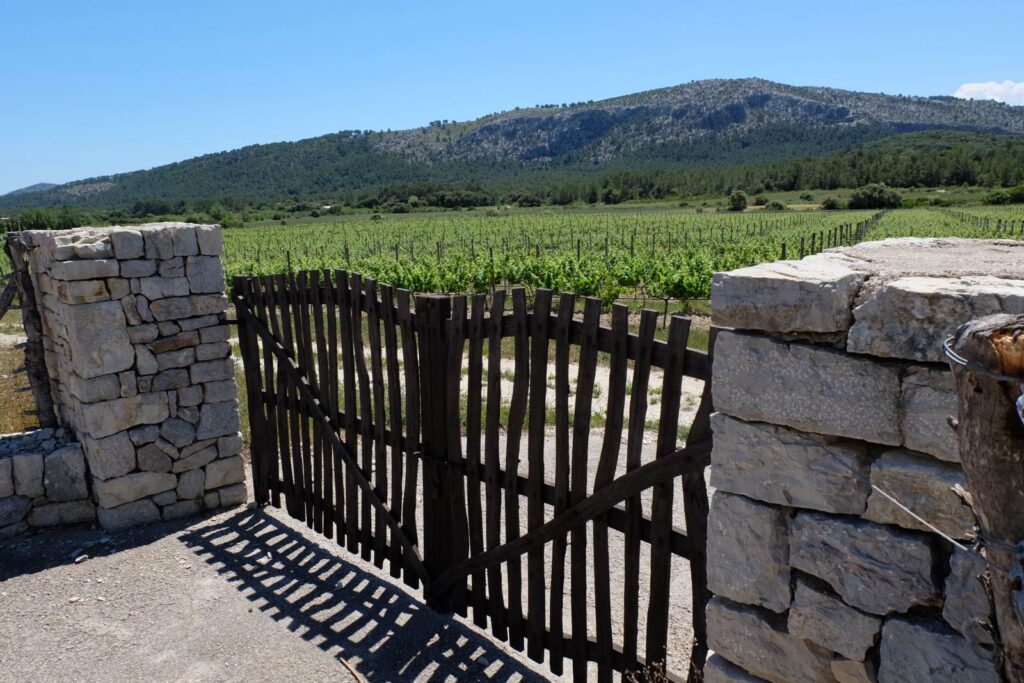
Other Regions in Mallorca
The Serra de Tramuntana, with its rugged terrain, steep slopes and terraced vineyards, benefits from cooler temperatures compared to other parts of the island, which help to preserve the acidity and freshness of the wines. The combination of limestone and clay soils adds depth and character to the wines, which are known for their elegance and complexity, often reflecting the mountainous landscape and Mediterranean influences.
Raiguer is located in the central part of the island and sits between the Serra de Tramuntana and the coastal plains. Comprising both rolling hills and flat lands, the area’s microclimates are conducive to viticulture. It is a great destination for wine lovers looking to explore Mallorca’s diverse offerings and, as the region continues to evolve, it is poised to further establish itself on the international wine stage.
Migjorn is a vibrant wine-growing region located in the southern part of Mallorca, known for its picturesque landscapes and rich agricultural heritage. A standout feature of Migjorn wines is their vibrant freshness and mineral quality, often attributed to the sandy and limestone soils. This results in wines that are typically more aromatic and fruit-forward, with bright acidity that makes them particularly refreshing, especially in warmer months.
When it comes to wine in Mallorca, there is plenty to learn and of course taste. With this background in wine regions, you now know about where your wine comes from.
To find out more, annual wine fairs – notably in the North the Fira del Vi in Pollensa – and fiestas – Binissalem’s Festa des Vermar – are huge events. Wineries present their wines keenly and encourage tourists and locals to visit fairs or even the bodegas themselves. Wine tours can be organized so it is worth a thought for your next trip or for a fun weekend for those who live here.

